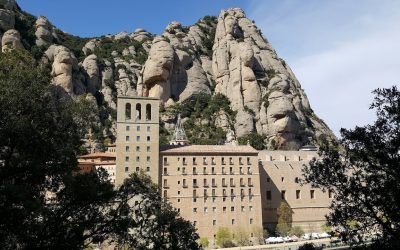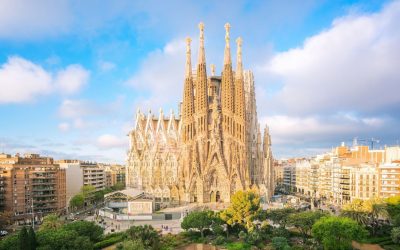Now don't get me wrong, Barcelona is such a vibrant, engaging and enthralling city, that a weekend will more than do its streets and...

Catalan
Catalan
A Guide to a Barcelona city break
Having been to Barcelona before, I was interested to see how I would feel coming back into the city for a third visit. We had a friend to...
Follow us
You can find us on social media,
different channels for different content.


